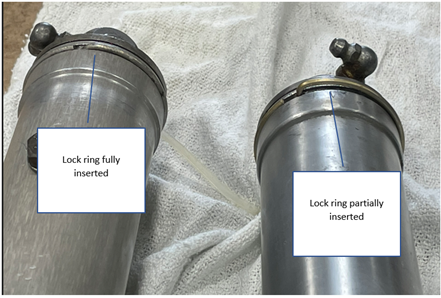
The U.S. National Transportation Safety Board (NTSB) has identified what could turn out to be the cause of the as-yet unexplained crash of a de Havilland Turbo Otter (DHC-3) in Puget Sound, Washington on September 4 with the loss of all 10 people on board. Investigators have recovered the horizontal stabilizer actuator, sometimes referred to as a trim jack, in two pieces which are normally threaded together and secured by a lock ring. Inspection of the threads indicated that it had become unscrewed as opposed to being pulled apart by an external force. Furthermore, the lock ring has not been recovered. The NTSB says that this could have caused the crash, which resulted from a vertical dive into the water as reported by eyewitnesses.
The NTSB is coordinating with Canada’s Transportation Safety Board (TSB) and de Havilland Canada to come up with a set of instructions for the inspection of applicable components to ensure the lock ring is securely in place. The resulting Service Letter would be applicable to all DHC-3 aircraft and sent to all operators of the type worldwide.
